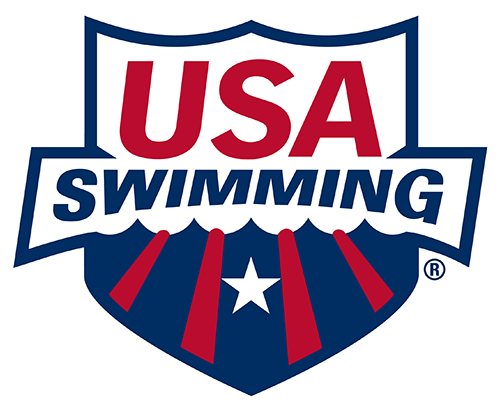The American Academy of Pediatrics is putting a spotlight on baby swim lessons by recommending swim lessons begin at age 1. Their previous guidelines recommended the starting age as 4 years old. The new guidelines also recommend that all children learn to swim to keep them safer around water.
“At SWIMkids USA, we are extremely pleased to have the support of doctors taking this strong stance and letting parents know the importance of the benefits of lessons as a drowning prevention measure,” said Lana Whitehead, President and Founder of SWIMkids USA school in Mesa, AZ and one of the creators of the Water Smart Babies Program. “Swim lessons, along with CPR training, pool fencing, and very close supervision are also absolutely vital.”
Here are Lana’s 5 things to consider when looking for swim lessons for your child
Class Size is Small
There should be at least one instructor for every 4 to 5 children with the parents holding the children and participating in the (parent/tot) lessons. The teacher student ratio should be small enough so that an instructor can give each child individual instruction in addition to group activities. There must always be a lifeguard on the deck.
Instructors are Highly Trained and Credentialed
Instructors should be certified as a lifeguard with yearly re-certifications in CPR and First Aid for the professional rescuer. In addition, they should complete an intensive certification course for baby swimming which includes childhood developmental education, safety in-services, and practical sessions in the pool. This assists the instructor in understanding the developmental phases his/her students will pass through during their aquatic education and provides him/her with the tools to teach a successful program. Background checks should be required for every instructor and for staff.
Water Safety Skills are Taught
Check the class curriculum and make sure it includes drowning prevention skills. The goal for water safety lessons is to prepare the child for an emergency if he/she falls in the water accidentally. When a child learns to hold his/her breath, kick to the surface and then roll over onto his/her back, he/she can rest, breathe and call or yell for help. The child should then learn the swim-float-swim sequence. This water survival technique is the standard in the swim school industry. The student is trained to climb to the top of the water, rotate to his/her back for a short rest period. Then he/she rolls in a horizontal position back onto his/her stomach, rolls back onto his/her back to rest and continues a swim-float-swim sequence until he/she reaches the safety of the wall or steps and climbs out. Thousands of children in California, Arizona and Florida continue to be saved by this proven technique.
Nurturing Instructional Style
A good program builds upon a child’s successes. The instructor should always be nurturing, positive and supportive. If the child is constantly fearful, frustrated, and unable to perform the skills, some changes should be made.
-
- An aquatic instructor should show (visual) the student; tell (auditory) him and guide (proprioceptive) him, before she expects him to act in an adaptive manner.
- Then he/she must walk the child through the skill, without submersion, using gentle guidance, manipulating his/her every move before expecting him/her to perform the skill under water.
- Patient preparation and practice is critical to the child’s security, confidence, and enthusiasm for water safety lessons. The most important ingredient for success is loving, gentle support, and never imposing techniques on a child with the use of force.
Clean Facility
The pools must be permitted by the local government agency such as the Health Department or County Department of Environmental Services. These agencies regularly test water quality, safety and cleanliness of the facility.
- The pool must be heated to ensure that it is warm about 90 degrees Fahrenheit.
The air temperature must also be warm and comfortable, approximately 80 degrees.
- Young babies can become cold very quickly. So, they should be kept in the water away from cool drafts and wrapped in a towel immediately upon exiting the pool.










